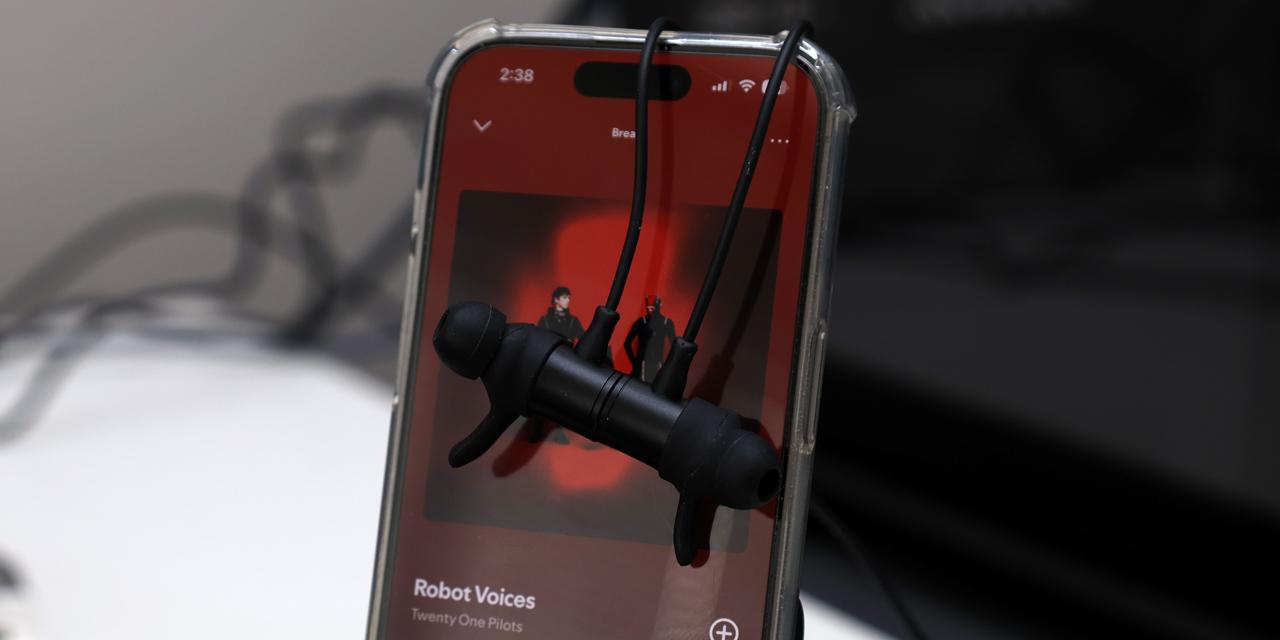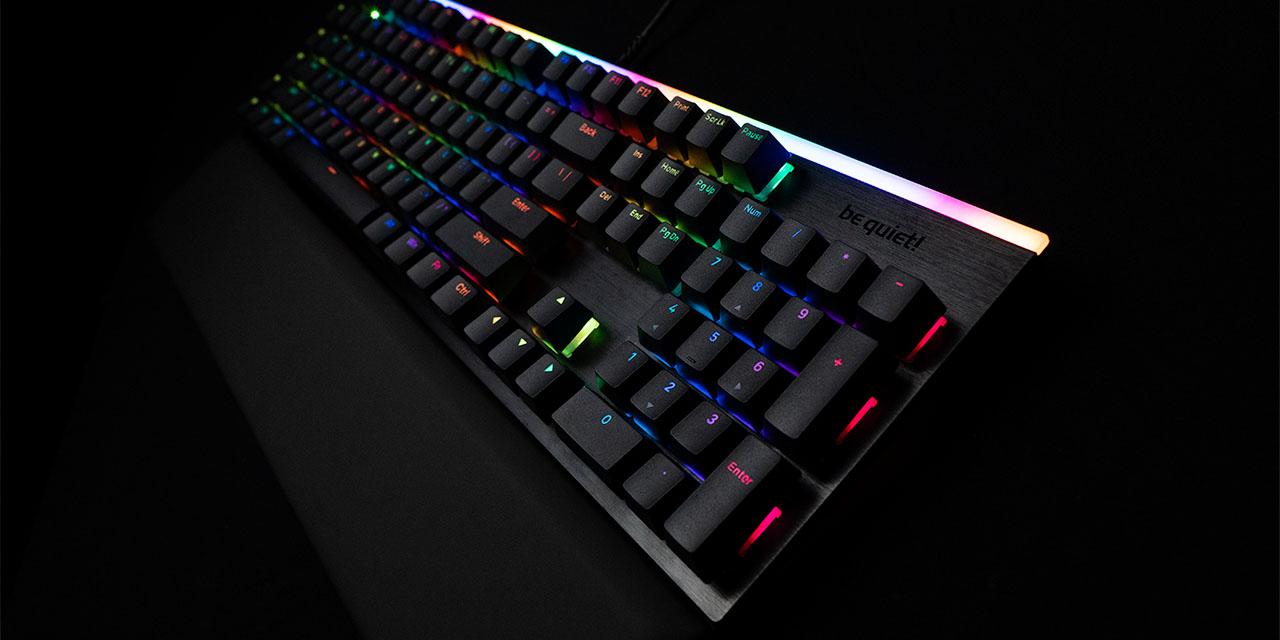Page 3 - Subjective Audio Analysis
Reviewing audio devices requires extensively trained ears, lots of experience, and sufficient technical knowledge. Even for the experienced auditioner, it may prove challenging at times to obtain an accurate evaluation of a product without a thoroughly familiar product to use as a simultaneous reference. Furthermore, many self-proclaimed audiophiles are susceptible to biased write-ups due to placebo effects from false advertising. While I am not going to even try to claim that I am the only trustworthy or best evaluator for sound, it is fact that most computer review sites have editors who are insufficiently trained in reviewing audio equipment. Give them practically anything and all you will read about goes along the line of "good bass, nice midrange, awesome treble, really clear sound, 10/10". While there are many knowledgeable audio reviewers at various respected online media outlets, they are by far the minority.
As I have mentioned in my past audio reviews, there are really no true objective measurements for sound quality. As the evaluator, however, I will put it through a series of subjective tests to try to come up with the most objective rating possible. Yes, it sounds like a paradox. For all tests, I used an Apple iPhone 15 Pro. This is a device that requires no introduction, but it does not have Sony's LDAC codec support, which is only available on Android devices.
After over 50 hours of break-in time -- well above the typical required time -- we put the 1MORE SonoFlow Pro to the tests. All test tracks are high-quality CD-equivalent files. All of the auditioning results were based on having active noise canceling on. It seemed these earphones were designed and tuned with ANC on, as having ANC on did not negatively affect or unintentionally distort the sound. Turning ANC on, however, will increase the bass, as with pretty much all ANC headphones.
To get into the technical details, let us break it down into the "big three", which is the bass, midrange, and treble. There are 12 EQ presets in the 1MORE Music app, but for the purposes of testing, I set everything to default to get a benchmark the intended design of these headphones. Out of the box, you can hear the SonoFlow Pro's bass-boosted sound character, which is typical of ANC headphones. However, the SonoFlow Pro are tuned slightly differently compared to the original SonoFlow. Like the original, the bass was consistently deep, round, and mostly solid in the music I listened to. Its consistently clean and smooth low frequencies were well-articulated. Everything was mostly defined, and the looseness noticed in the original SonoFlow seemed to be tightened up a bit in the SonoFlow Pro.
When it comes to the midrange, I found Its thickness, range, saturation, richness, and warmth to be acceptable. It sounded reasonably natural and clear. In other words, the midrange was acceptable in all areas, but there was nothing outstanding in of itself. As a whole, it sounded a bit recessed relative to the bass, since there was a lot of it. I prefer more forward sounding and powerful midrange than what the 1MORE SonoFlow Pro delivered. Compared to the regular SonoFlow, the midrange was increased, but I also noticed harsher vocals.
My perception of the 1MORE SonoFlow Pro's treble was similar to its midrange: It was acceptable in all areas, except there was nothing to write home about. The treble was reasonably sharp. I also found its immediacy, tightness, wetness, and crispness to be acceptable as well. However, there was little energy to it -- you just will not get the "kick" from the higher frequencies. In other words, the treble sounded a bit darker, looser, and lower energy than what I prefer. That said, the SonoFlow Pro is better than the regular SonoFlow in all of the above metrics, but the changes also resulted in a harsher, less clean output.
The soundstage of the 1MORE SonoFlow Pro was narrow with no significant depth, perception, and direction. There was a slight improvement here compared to the vanilla SonoFlow, but further improving the soundstage of the SonoFlow Pro will go a long way.
Closing off with the auxiliary auditioning results, the imaging of the 1MORE SonoFlow Pro was realistic. It stayed mostly faithful to the original production or recording. The layers were produced with a good amount of detail. The resolution was good across the range, as it picked up most things in a quality encoded track. In complicated and messy situations, these earphones managed to retain small details reasonably well. Deriving from this, the frequency separation was acceptable. Details were reasonably reproduced thanks to its clear and acceptably defined output. The entire spectrum was a smooth gradient with no immediately apparent banding effects, making it sound cohesive. The sound was acceptably clean and smooth across the range. Generally speaking, while the 1MORE SonoFlow Pro will not impress you in these aspects, it will probably not disappoint you either.
The 1MORE SonoFlow Pro are closed back headphones. It exhibited an excellent fit over my ears and passive sound isolation was good regardless of the environment I was in. Active noise canceling worked well enough to cancel out constant, low frequency sounds, so it will be good for using on public transit or the plane. I used them on a recent flight on a Boeing 737-800, and the SonoFlow Pro did a commendable job. While it will not blow your mind, it is still a slight improvement compared to the regular version. As mentioned on the previous page, the light 246g weight and clamp pressure of these headphones made it comfortable in day-to-day use.
The 1MORE SonoFlow Pro did not have noticeable background hissing noise when turned on other than the noise cancellation signal, which makes sense, since these are active noise canceling headphones and should be as quiet as possible. In terms of lag, I did not notice any significant delay. Audio appeared to be properly synchronized to videos I was watching on my iPhone 15 Pro.
I have included two sample recordings from the 1MORE SonoFlow Pro's microphone. The first recording was done indoors, while the second recording was done outdoors while I was walking around on my second floor deck with some light wind. Like the original SonoFlow, the microphone worked well enough indoors, but the quality was not great. It sounded like I was speaking directly into the microphone, but it did not sound very natural. It also sounded more sibilant than what I like. In the outdoor test, you could hear it picked up some wind noise during the recording, but the gust of wind was pretty strong, and hence I was pleased by the clarity. The volume of my voice did not vary unnecessarily, which is good. Overall, the microphone was good for phone calls despite the shortcomings, and you can be sure it will work well both indoors and outdoors even if you encounter some wind.
The company estimates the battery to last around 65 hours with ANC on a single charge at 50% volume. I got 61 hours and 11 minutes at 50% volume with ANC on from my tests, which was exceptional, but slightly lower than expected. For comparison, I got 60 hours and 2 minutes with the original SonoFlow. The rated wireless range is about 10 meters, and from my tests, this is very underestimated. The maximum line of sight distance I was able to get, measured by a GPS device, was 124.3m. During normal usage, I have never experienced any wireless inconsistency issues paired with my Apple iPhone 15 Pro.
Overall, the 1MORE SonoFlow Pro delivered acceptable audio performance, with some improvements compared to the vanilla SonoFlow. It will not impress the discerning listener, but it probably will not disappoint anyone either. Everything else also worked as promised, including its more powerful active noise canceling system compared to the original SonoFlow, consistent and long-range wireless connection, impressive battery life, and wind-blocking microphone that functions well.
Page Index
1. Introduction, Packaging, Specifications
2. Physical Look - Hardware
3. Subjective Audio Analysis
4. Conclusion





